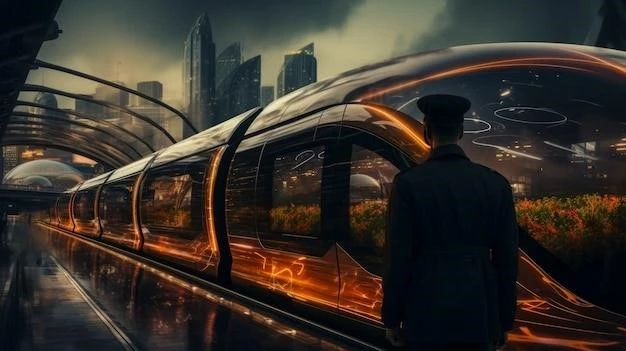My Attempt to Travel at the Speed of Light
Let me preface this by saying, I am not a physicist. I’m just a guy with a healthy curiosity and a love for all things space. But like many, I’ve been captivated by the idea of traveling at the speed of light. The possibilities! The places we could go! The things we could see! It’s the stuff of dreams, really. So, I decided to delve into what we know about light speed and share my journey with you.
Understanding the Basics
First things first, let’s acknowledge the elephant in the room: it’s currently impossible for anything with mass to travel at the speed of light. I know, I know, it’s a bit of a buzzkill. But there’s a good reason for this. Einstein’s theory of special relativity explains that as an object approaches the speed of light, its mass increases infinitely. To actually reach the speed of light, you would need an infinite amount of energy, which, let’s be honest, isn’t exactly feasible.

The Time Dilation Conundrum
Now, here’s where things get really interesting. Even if we could somehow bypass the whole infinite energy problem, we’d still have to contend with time dilation. This mind-bending concept, also a product of special relativity, states that time is relative. It’s not a constant that ticks the same for everyone, everywhere. The faster you travel, the slower time passes for you relative to someone standing still.
To illustrate this, imagine I built a spacecraft capable of near-light-speed travel (bear with me, it’s a hypothetical!). Let’s call it the “Chronos,” because, well, time dilation. If I were to take off in the Chronos and travel at, say, 90% the speed of light for a year (measured by my onboard clock), upon returning to Earth, I wouldn’t have aged a year. Depending on my exact speed and travel time, decades, even centuries, could have passed on Earth!

The Practical Challenges
The implications of time dilation are fascinating, but they highlight the immense challenges of light-speed travel. Beyond the energy barrier, there are practical hurdles we’d need to overcome:
- Navigation: At light speed, even the slightest miscalculation could be catastrophic. We’d need incredibly precise navigation systems, far beyond anything we have today.
- Shielding: Space is not a vacuum in the truest sense. Dust, gas, and even radiation pose threats, especially at high speeds. Our hypothetical spacecraft would need some serious shielding to protect its precious cargo (me!).
- Communication: How do you send messages back to Earth when the very fabric of time is working against you? We’d need to develop entirely new communication technologies.
So, What’s the Verdict?
While I haven’t personally zoomed off at the speed of light (yet!), my exploration of the topic has been enlightening, to say the least. It’s clear that reaching the cosmic speed limit is a monumental challenge, one that requires breakthroughs in physics, engineering, and our understanding of the universe itself.
But even if we never reach the speed of light, the pursuit of this dream pushes the boundaries of human ingenuity. It forces us to ask big questions, explore new frontiers, and dream of possibilities beyond our current grasp. And that, I believe, is an adventure worth pursuing.










